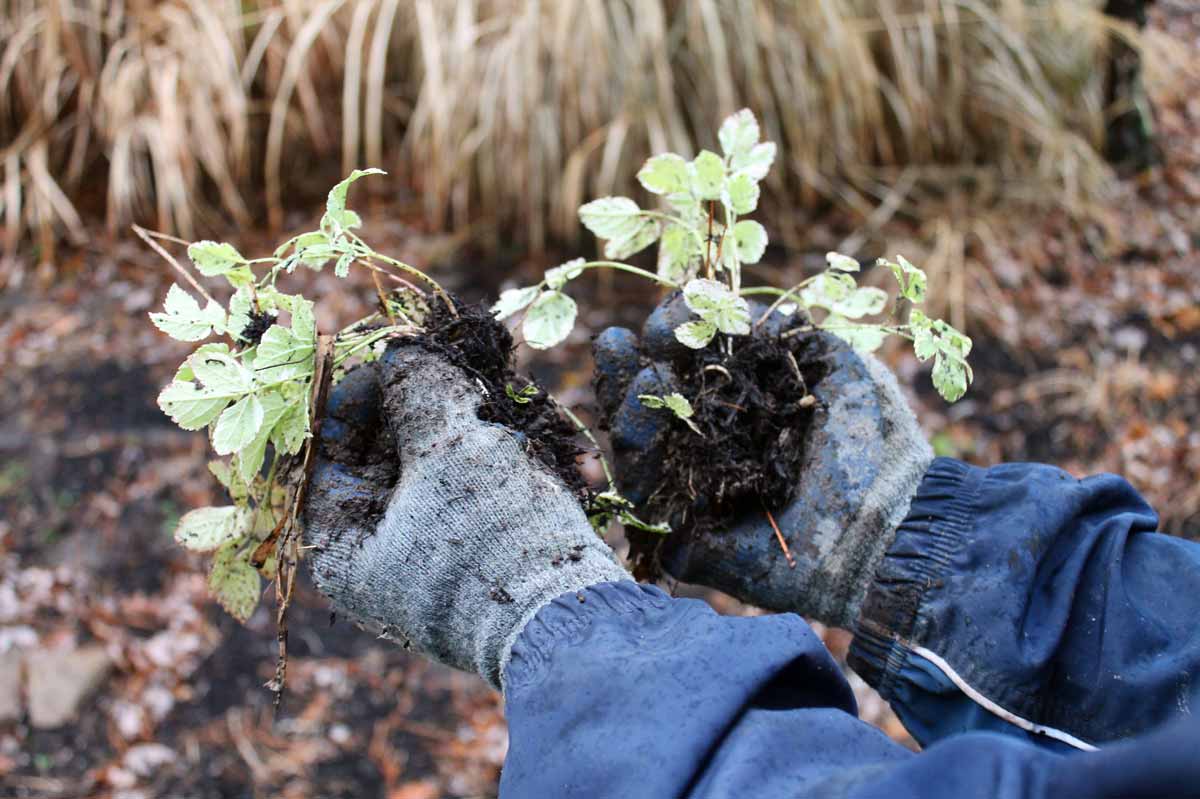Create New Plants from Fall Cuttings
Gather and collect seeds and cuttings from your plants now, so that you can grow new plants for spring.

Many perennials can be divided simply by pulling apart the roots of dug-up clumps. Susan Weigel
Dividing your perennial flower plants is an easy way to expand your garden at no cost, with minimal effort required. The technique not only gives you free plants, but is a great way to contain the spread of perennials growing where you don’t want them, invigorate plants who are dying in the center, or share your favorite plants with friends!
Early spring and early fall are two excellent times to divide most species. That timing gives roots several weeks to establish at a lower-stress time than during the peak heat of summer. In general, divide perennials when they’re not blooming or about to bloom.
When determining how often you should divide your perennials, follow these guidelines:
If you aren’t sure which category your perennial falls under, doing a simple online search should be able to give you info on how often it can be divided.
Dividing perennials is a simple, three-step job:
Some perennial plants simply pull apart once you’ve dug them. Just grab a section of stems with each hand and pull until the roots come apart. These easy dividers can include black-eyed susans, coneflowers, hardy geraniums, lamium, Shasta daisies, salvia, foamflowers, and, most of the time, daylilies, liriope, and asters.
Other plants have roots that are tightly interwoven, so you’ll have to use a shovel, knife, or even an ax to split these clumps. These include ornamental grasses, astilbe, hosta, sedum, yarrow, mums, coreopsis, dianthus, ferns, and catmint.
After you’ve replanted the divisions, you should treat them as if they were new plants when considering how much you should tend to them with water and fertilizer. If possible, divide your perennials just before it is supposed to rain. The cooler weather and moisture will help the plants recover from the stress of dividing and replanting.